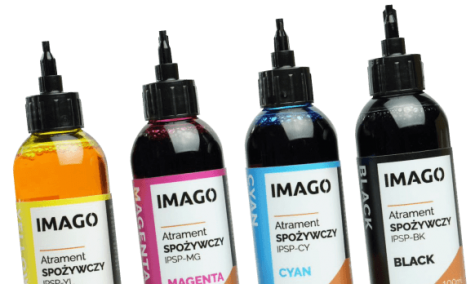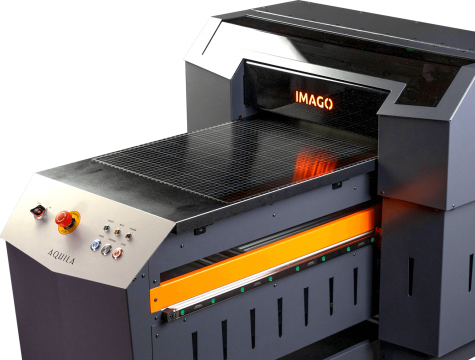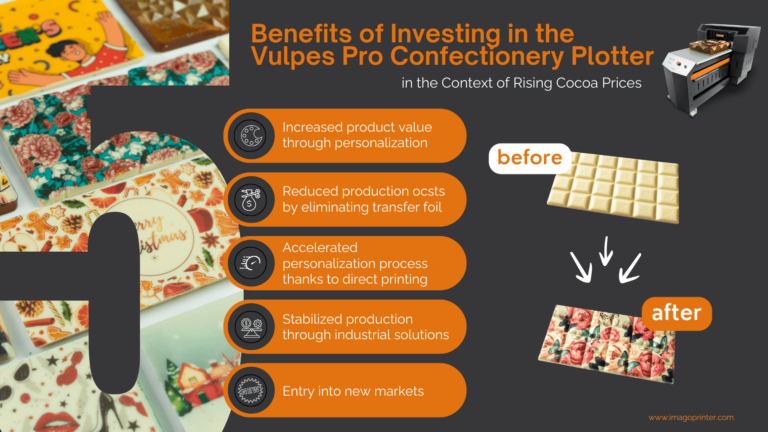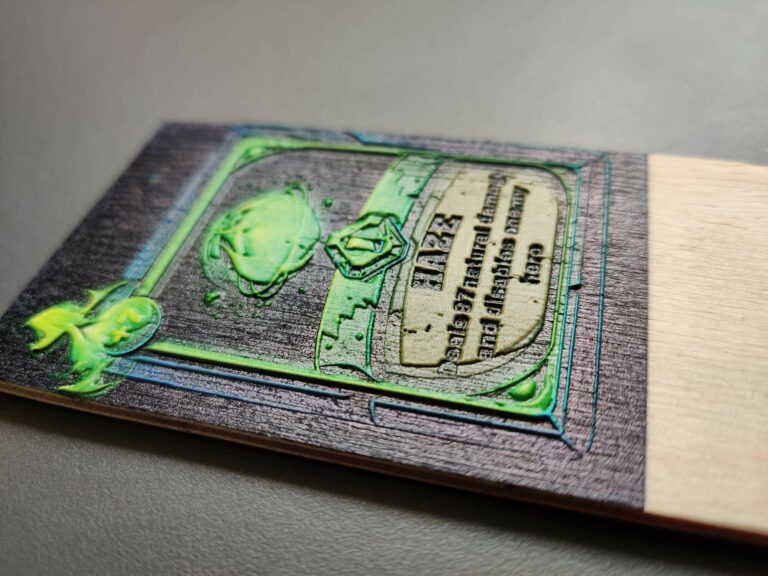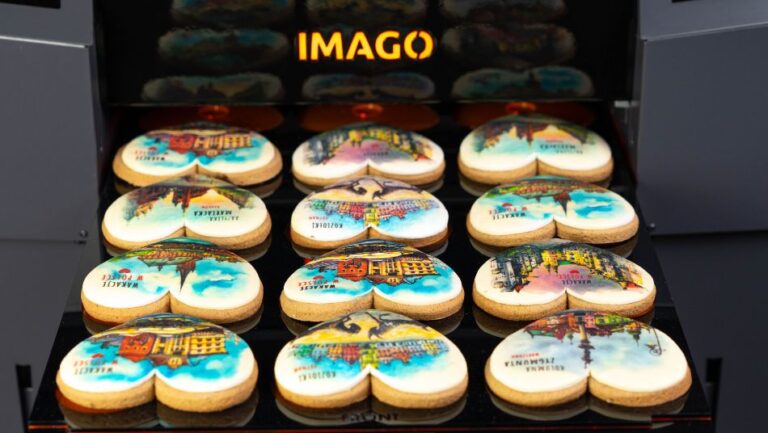IMAGO at the Conference of the Military Academy of Technology on the project to develop Tyflomap Technology with the participation of Aquila UV LED printer
IMAGO at the Conference of the Military Academy of Technology on the project to develop Tyflomap Technology with the participation of Aquila UV LED printer.
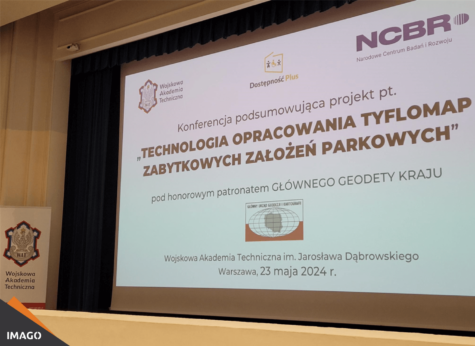
Introduction
At the end of May we had the opportunity to participate in a conference organized by the Military University of Technology. The conference, under the honorary patronage of the Chief Land Surveyor, was a summary of the project “Technology for Developing Tyflomaps of Historic Park Assumptions”. The project was implemented by the Military University of Technology in cooperation with the Polish Association of the Blind.
It was an inspiring event, during which the Military Technical Academy presented the results of research on a comprehensive technology for developing low-cost tiflomaps of historic parks and gardens. We were pleased that our IMAGO Aquila UV LED printer was one of the tools tested in this project. As a manufacturer of UV LED printers, in the following article we would like to present a summary of the conference and the results of the research, and show the significant role of UV LED printing in the production of tifflomaps.
What are Tiflomaps?
Tiflomaps are special maps designed for the blind, which contain information in the form of convex characters and graphics, enabling tactile reading. They are key to making tourist and cultural spaces more accessible to blind and visually impaired people, allowing them to navigate and enjoy these spaces independently.
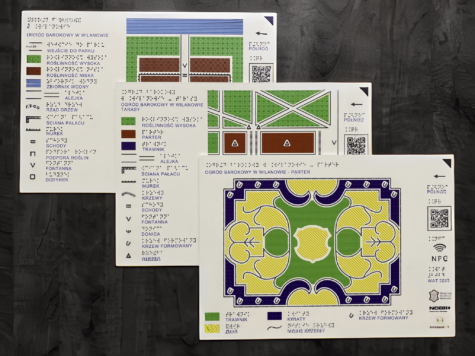
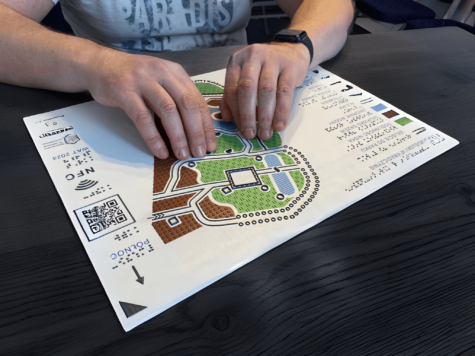
Project Objectives and Research Results of the Military University of Technology.
The goal of the WAT project was to develop and pilot a comprehensive technology for the production of low-cost tyflomaps for historic parks and gardens. During the conference, the team, led by Albina Moscicki, Ph.D., presented the results of the research, which included the design and testing of tactile and graphic signs, as well as the analysis of various printing techniques for tyflomaps. As part of the project, 13 pilot tyflomaps were developed for gardens in Książ, Wilanów, Arkadia, Krasiczyn and Wrocław.
The study involved 50 blind and visually impaired people, 20 of whom participated in research sessions. The sessions were held at the headquarters of the Polish Association of the Blind in Warsaw and included evaluation of various sets of tactile and graphic signs for the tiflomaps, various printing techniques, and the final sets of maps in the form of atlases.
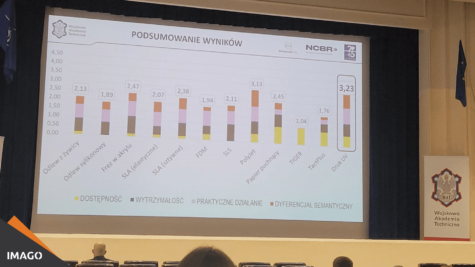
Tested Technologies
During the study, 12 different techniques for producing tiflomaps were tested. During the conference, the advantages and disadvantages of each solution were presented, including:
- Swell paper – cheap and available, but not very clear and poorly readable.
- Thermoforming – readable and durable, but profitable only for large runs.
- FDM 3D printing – any shape and great flexibility, but complicated and rather expensive.
- Tiger – cheap and common, but not very durable and with shape limitations.
- Manual methods – tailored to individual needs, but time-consuming and lack of repeatability.
- Epoxy resin casting – durable, but expensive and time-consuming.
- Silicone casting – flexible, but not very durable.
- Milling in acrylic – accurate, but expensive and time-consuming.
- 3D printing by SLA (flexible resin) – flexible and accurate, but expensive.
- 3D printing by SLA (transparent resin) – accurate, but expensive and fragile.
- SLS 3D printing – durable, but expensive.
- UV printing – highly durable, accessible and flexible.
Research Results
A summary of the survey results showed that UV LED printing scored highest in terms of accessibility, durability, practicality and semantic diversity, scoring 3.23 points. PolyJet technology came in second with 3.13 points, and milling in acrylic came in third with 2.47 points.
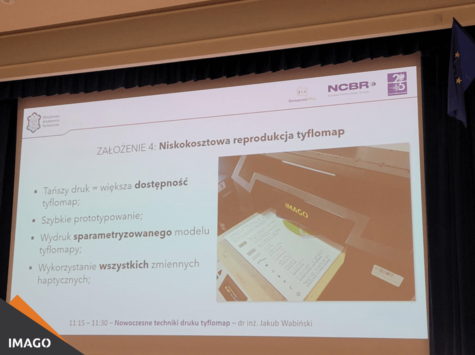
Summary
The project led by WAT was a very well conducted and inspiring study. We were honored that our IMAGO Aquila UV LED printer was one of the tools tested in this project. The results of the study showed that UV LED printing technology is the best solution for creating tifflomaps due to its durability, accessibility and flexibility.
